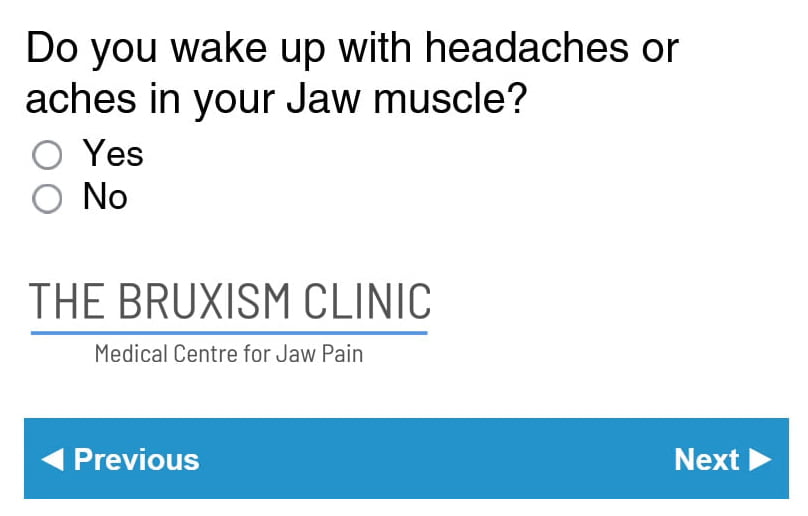Temporomandibular joint (TMJ) disorders can be a real pain, quite literally. These joints, located on each side of your jaw, are responsible for important functions like chewing and talking. When they're not working right, it can lead to discomfort and disruptions in daily life. Many people suffering from TMJ issues are turning to Botox as a way to find relief. This might sound surprising, but injecting Botox into specific muscles can ease the symptoms associated with TMJ disorders by reducing muscle tension and providing much-needed relaxation.
As more people discover the benefits of Botox for TMJ, curiosity is naturally piqued. Questions often arise as individuals seek to understand how this treatment works, what they can expect from it, and whether it might be the right solution for them. By addressing these inquiries, we aim to shed light on how Botox can be a valuable answer to managing TMJ discomfort.
What is TMJ Disorder?
TMJ disorder is a condition affecting the joints connecting your jaw to your skull. Imagine experiencing persistent pain while chewing or talking; that's what TMJ disorder can feel like. This pain often comes with a range of symptoms that can make it difficult to go about your everyday activities. From sore or aching jaws to headaches and earaches, the problems stemming from TMJ disorders are diverse. Some people might also experience clicking or popping sounds when opening their mouth or even find their jaw locking in certain positions.
Living with such symptoms can be burdensome, making it challenging to eat your favourite meals or concentrate at work. Imagine trying to enjoy a hearty family dinner but having to stop every few bites because of a sharp pain in your jaw. This is a daily struggle for those dealing with TMJ disorders. As simple activities become problematic, finding a solution becomes essential for improving quality of life. And that's where Botox comes into the picture, offering hope for those looking to alleviate their discomfort.
How Does Botox Help with TMJ?
Botox, widely known for its cosmetic applications, works surprisingly well for TMJ issues by addressing root causes. Its effectiveness lies in its ability to temporarily reduce muscle activity and relieve tension in the jaw. Here's how it helps:
- Relaxation of Jaw Muscles: By targeting specific muscles, Botox helps them to relax, reducing tension and alleviating pain.
- Reduction in Teeth Grinding: Many sufferers find that Botox reduces teeth grinding, which often exacerbates TMJ symptoms.
- Decreased Headache Frequency: As tension is relieved, headaches, a common companion of TMJ disorders, tend to subside.
These effects combined lead to a significant reduction in pain levels, improving both comfort and function. Individuals often report feeling less pressure and more ease in their everyday activities. For someone who has dealt with TMJ disorders for a long time, these changes can make a world of difference. Botox offers an innovative way to tackle the painful symptoms of TMJ, providing relief and making daily life more manageable.
Common Questions About TMJ Botox
Many folks curious about TMJ Botox have a bunch of questions. Let’s tackle some of the most common ones you might be wondering about.
1. How long does the treatment last? Typically, the effects of Botox can last anywhere from three to six months. This does vary from person to person, and factors like your metabolism and how tense your muscles are can influence this.
2. Are there any side effects? Most people tolerate Botox well, but like with any treatment, there could be side effects. These might include slight bruising at the injection points or temporary muscle weakness.
3. How quickly can results be seen? Generally, you won't feel the improvements straight away. It usually takes a few days for the Botox to start working its magic. Most people notice significant relief within a week or two.
4. How frequently will treatments be needed? Since the effects wear off over time, regular treatments are needed to keep symptoms at bay. Many people schedule follow-ups every three to four months to maintain their comfort.
These practical insights should help clear up some concerns and assist anyone considering Botox as part of their TMJ treatment plan.
What to Expect During and After Treatment
Understanding what happens during and after Botox treatment can make the process feel less mysterious. Here’s a basic outline of what you might expect.
The procedure is generally quick, often taking less than an hour. A professional will inject Botox into the targeted jaw muscles, using precise techniques to ensure effectiveness. The procedure is minimally painful, with each injection feeling like a small pinch. Because of its simplicity, Botox treatment doesn't require any anaesthesia.
After the treatment, most people find they can go about their day without too much disruption. You may notice a bit of tenderness or redness at the injection sites, but these typically subside quickly. It’s a good idea to avoid exercise for the rest of the day and to keep your head upright to promote optimal results.
To get the best results from the treatment, follow any aftercare instructions provided by your healthcare provider. They might suggest gentle stretches or recommend avoiding certain activities right after the procedure.
This journey toward relief might seem daunting at first, but armed with the right knowledge, you can make informed choices. For those battling with TMJ disorder, Botox presents a promising option. By addressing muscle tension and alleviating pain, it opens the door to a more comfortable, pain-free experience.
If you’re seeking relief from TMJ discomfort and want to explore how this treatment could help you, consider visiting The Bruxism Clinic. Learn more about TMJ Botox and see how it might provide the comfort you've been missing.







